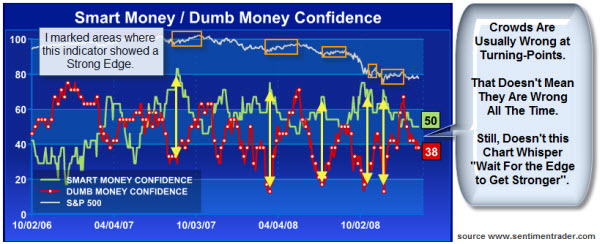 My son won't use e-mail the way I did. So how will people communicate and collaborate in the next wave of communications?
My son won't use e-mail the way I did. So how will people communicate and collaborate in the next wave of communications?
Here is a peek into the difference that is taking hold. I was looking at recent phone use. The numbers you are about to see are from the first 20 days of our current billing cycle.
- My wife, Jennifer, has used 21 text messages and 38 MB of data.
- I have used 120 text messages and 29 MB of data.
- My son, at college, used 420 text messages, and is on a WiFi campus so doesn't use 3G data.
- My son, in high school, used 5,798 text messages and 472 MB of data.
How can that be? That level of emotional sluttiness makes porn seem downright wholesome.
But, of course, that isn't how he sees it. He is holding many conversations at once. Some are social; some are about the logistics of who, what, when, where and why … some are even about homework. Yet, most don't use full sentences, let alone paragraphs. There is near instant gratification. And, the next generation of business people will consider this normal.
Is social media a fad? Or is it the biggest shift since the Industrial Revolution?
Welcome to the World of Socialnomics. This video has a bunch of interesting statistics … and is fun to watch.
Other Resources:
- Here is a link to a short-version of this video.
- This reminds me of the "Shift Happens!" video.
- Worth Looking At … Here are the Stats.



